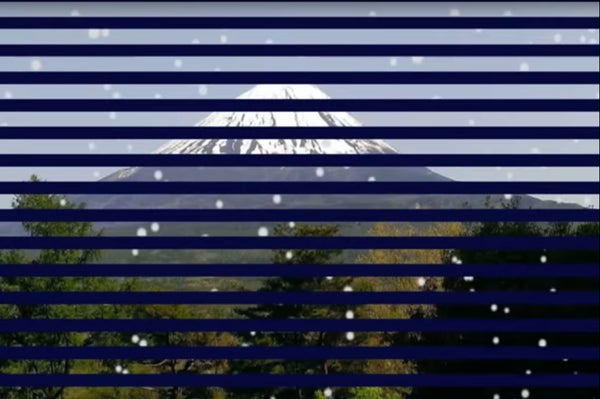This article was published in Scientific American’s former blog network and reflects the views of the author, not necessarily those of Scientific American
Masashi Atarashi, a physics high school teacher from Japan, submitted this wonderful winter illusion to the 2015 Best Illusion of the Year Contest, where it competed as a finalist. Atarashi discovered this effect serendipitously, while watching the snow fall through the venetian window blinds of his school’s faculty lounge—just like his students must sometimes do in the classroom during a lecture!
Notice that as the blinds occupy more area on the screen, the speed of the snowfall seems to accelerate. A great illusion to ponder during our white holiday season.
On supporting science journalism
If you're enjoying this article, consider supporting our award-winning journalism by subscribing. By purchasing a subscription you are helping to ensure the future of impactful stories about the discoveries and ideas shaping our world today.
Nobody knows how Atarashi’s effect works, but our working hypothesis is that each time the snow disappears behind a blind, or reappears below it, it triggers transient increases in the activity of your visual system’s motion-sensitive neurons. Such transient surges in neural activity are perhaps misinterpreted by your brain as faster motion speed.
Happy Holidays from Illusion Chasers!
